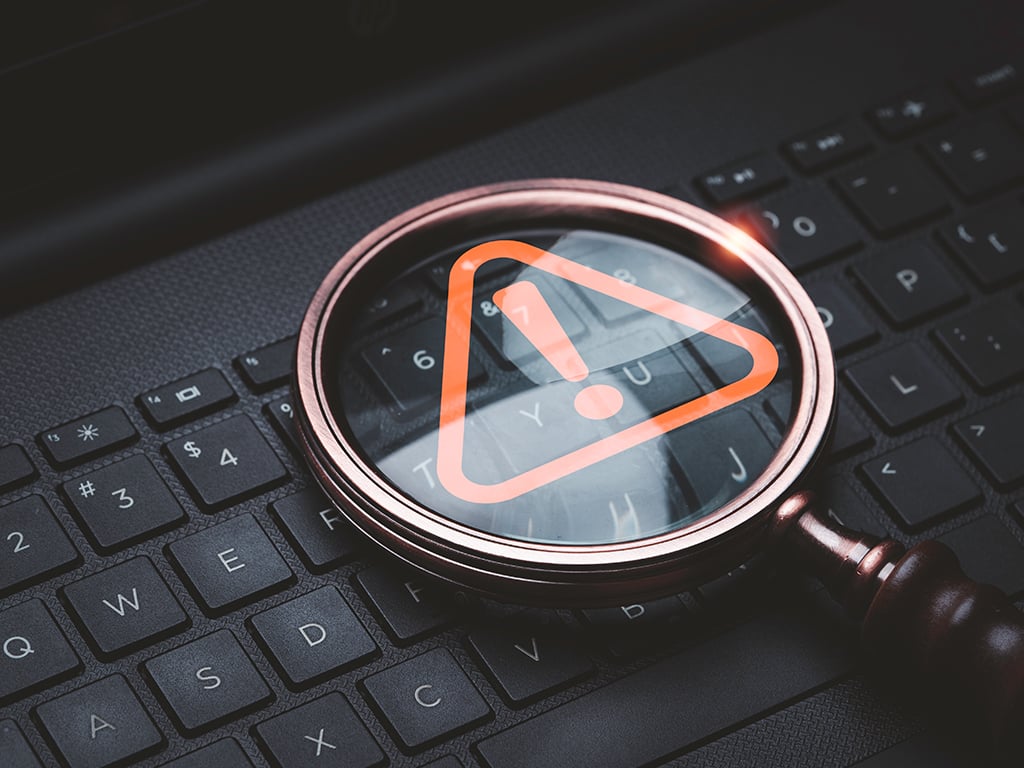At their core, alerts exist to bring attention to something meaningful: an indicator of compromise (IOC), an indicator of attack (IOA), or a suspicious behavior worth investigating. But in any detection program, there’s a tipping point where more alerts stop being helpful and start becoming a liability. The best detection programs don’t try to alert on everything. They focus on alerting on the right things. That means building actionable alerts, disabling the ones that aren’t pulling their weight, and treating analyst time like the scarce resource it is. Every alert should justify its existence and if it doesn’t lead to a decision, an investigation, or a response, it might not belong in the queue at all.
The Real Cost of Alert Fatigue
Alert fatigue is usually framed as a capacity problem: too many alerts, not enough people. But the real issue runs deeper. It’s about trust. When analysts start assuming most alerts are noise, they stop looking as closely. The mental drag of constant triage, false positives, and dead-end investigations stack up fast. Over time, even well-built detection programs lose their sharpness, not because the tooling broke, but because people stop paying attention. The solution isn’t just tuning, it’s making sure analysts are consistently presented with alerts that matter. Ones that are clear, relevant, actionable, and worthy of their time.
Every Alert Should Earn Its Spot
One of the most relevant principles applicable to detection work is Clarity: the idea that success hinges on being clear about goals, actions, and intent. In investigations of any kind, clarity helps focus effort. It prevents wasted time chasing bad leads and keeps people focused on what actually matters. The same applies in cybersecurity: when alerts are vague, noisy, or misaligned, they become distractions that pull attention from real threats. Clarity isn’t just about good writing, it’s about purpose. Every alert should be built with the same investigative discipline: clear signal, clear meaning, clear next steps.
A good alert should answer three simple questions:
- What is it telling us?
- What action should it trigger?
- What happens if it’s ignored?
These aren’t just theoretical. They force clarity around signal, intent, and impact which maps directly to how analysts think and respond.
It’s a similar mindset to how SMART goals work in performance management: Specific, Measurable, Achievable, Relevant, Time-bound. That framework exists because vague goals lead to vague results.
The same logic applies to alert design. If detection doesn’t have a clear purpose and outcome, it’s just adding noise. One way to keep alerts sharp is to apply the ART filter:
- Actionable – The alert should lead to a specific response, not just raise a question.
- Relevant – It should reflect real risk in the context of your environment, not just “best practice” logic that doesn’t apply.
- Timely – The alert should arrive when it still matters. Late alerts are just clutter with a timestamp.
When alerts are built with investigative discipline and clarity, whether through questions or frameworks, they earn their place in the queue.
The Ones That Stay
Not every alert needs to be perfect, but the ones that stay should pull their weight and be precise, meaningful, and tied to action.
High-quality alerts usually have a few things in common:
- They’re high-signal. They represent real threat activity or behavior strongly correlated with risk, not just anomalies or “could be bad” patterns.
- They’re actionable. When an analyst sees the alert, they know what to do next – open an investigation, isolate a host, kick off a hunt.
- They’re clear. The title and description don’t require decoding. There shouldn’t be a need to dig through five logs to understand why it fired.
- They’re timely. Alerts should surface while response still matters.
- They produce results. Impossible every time, but if a detection never leads to meaningful action, it might belong in a dashboard, not an alert queue.
- Alerts Are for Decisions. Alerts aren’t there just to inform, they are there to drive action. If an alert doesn’t help someone make a decision, it’s just noise.
This is where a lot of detection programs go sideways. They try to alert on everything interesting, rather than everything actionable. Interesting just builds up into queues and clutter.
Alert Coverage Still Matters
While tuning and trimming alerts is essential, coverage cannot be overlooked. A detection program isn’t complete just because the alert queue is quiet, it also needs to find what needs to be found. That’s where mapping alerts to frameworks like MITRE ATT&CK comes into play. These frameworks help ensure coverage across the entire attack lifecycle; not just common initial access techniques like phishing or drive-by downloads. Real threat coverage means having visibility into execution, persistence, privilege escalation, lateral movement, and beyond.
An alerting strategy should align with the full cyber kill chain. If detection only focuses on the front door, you miss the attacker rummaging around in the house. That doesn’t mean every tactic needs to generate alerts in real time, but each phase should be accounted for, whether through alerting, hunting, or correlation.
Coverage doesn’t mean alerting on everything. It means designing alerts that collectively give you visibility across the chain of an intrusion, so that no stage goes completely unnoticed.
Detection = Visibility
It’s easy to confuse visibility with detection. Just because something is being logged, or even watched, doesn’t mean it needs to generate an alert. Visibility is about coverage. Detection is about focus.
A strong logging pipeline should capture way more than what actually triggers alerts. Not everything suspicious is worth interrupting someone’s workflow. Some things are better left for threat hunts, graphics, dashboards, or post-incident review, not for real time triage. If alerts are used to compensate for poor visibility, they tend to become overly broad and noisy. But when visibility is solid, detection can be selective.
Final Thought: Attention Is the Rea l Resource
The goal of a detection program isn’t to build the most comprehensive set of rules, it’s to surface the right signals at the right time and make them count. It means treating analyst attention like the limited, valuable resource it is. Good alerts don’t just catch threats; they make people more effective. That only happens when they’re built with clarity, purpose, and discipline.
Fewer ambiguous alerts. Better decisions.
That’s the point.
About the Author
 Joe Pfaff is the Director of Cyber Threat Surveillance Operations at DefenseStorm. He is a cybersecurity leader with hands-on experience designing, building, and scaling alerting programs. As Director of Cyber Threat Surveillance Operations at DefenseStorm, he leads a 24/7 team responsible for protecting organizations across the financial industry. His focus includes ensuring meaningful detection coverage, alert quality, and sustainable SOC processes.
Joe Pfaff is the Director of Cyber Threat Surveillance Operations at DefenseStorm. He is a cybersecurity leader with hands-on experience designing, building, and scaling alerting programs. As Director of Cyber Threat Surveillance Operations at DefenseStorm, he leads a 24/7 team responsible for protecting organizations across the financial industry. His focus includes ensuring meaningful detection coverage, alert quality, and sustainable SOC processes.
Joe can be reached online at [email protected] and at our company website https://www.defensestorm.com/

